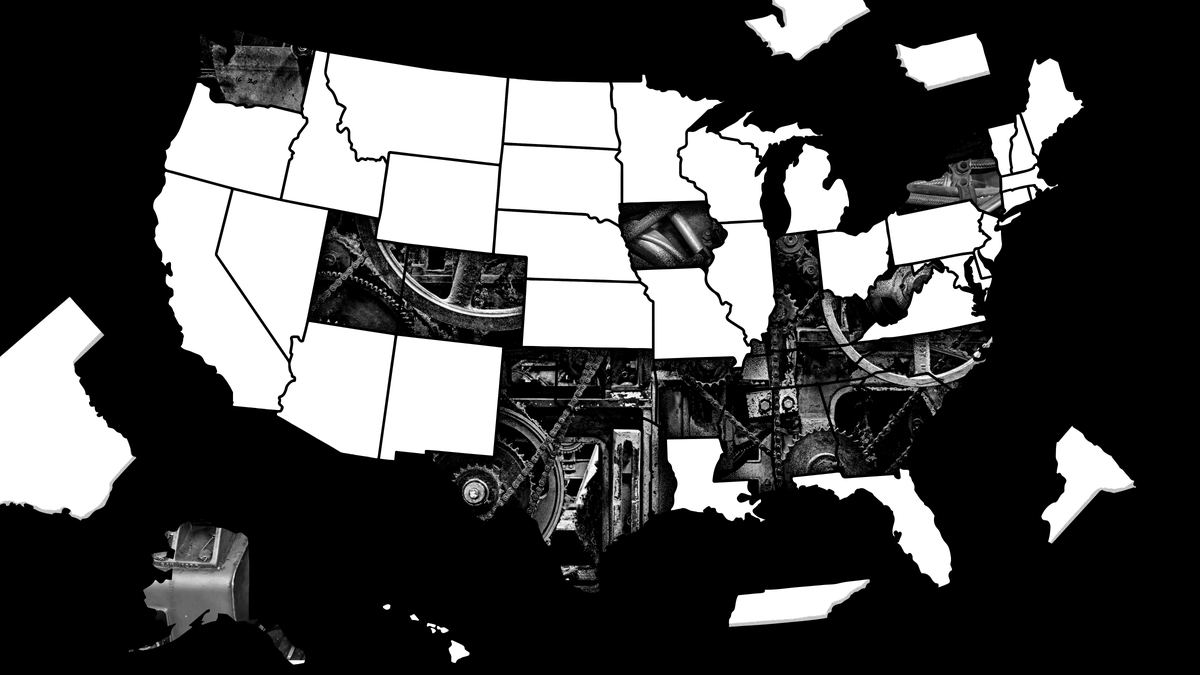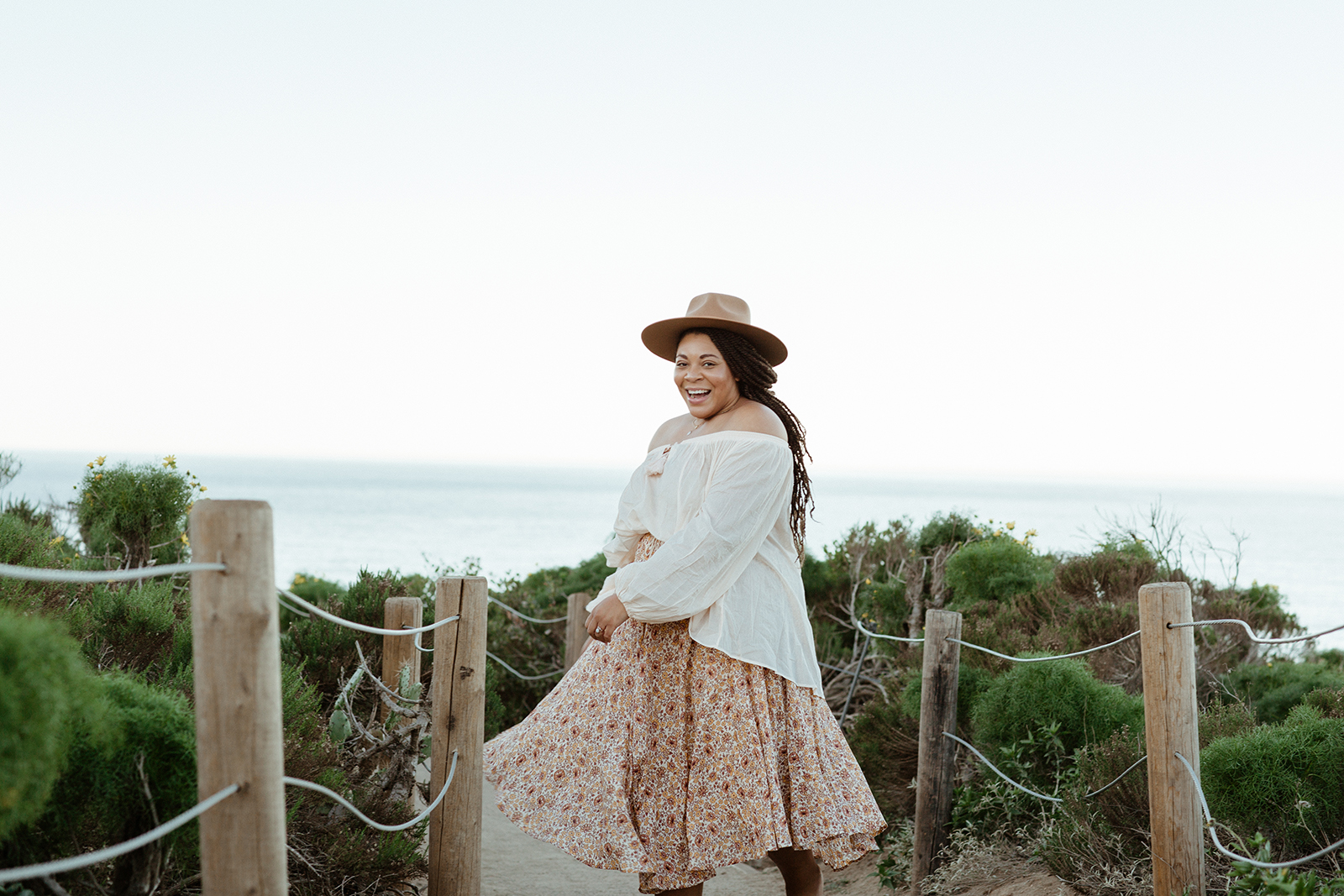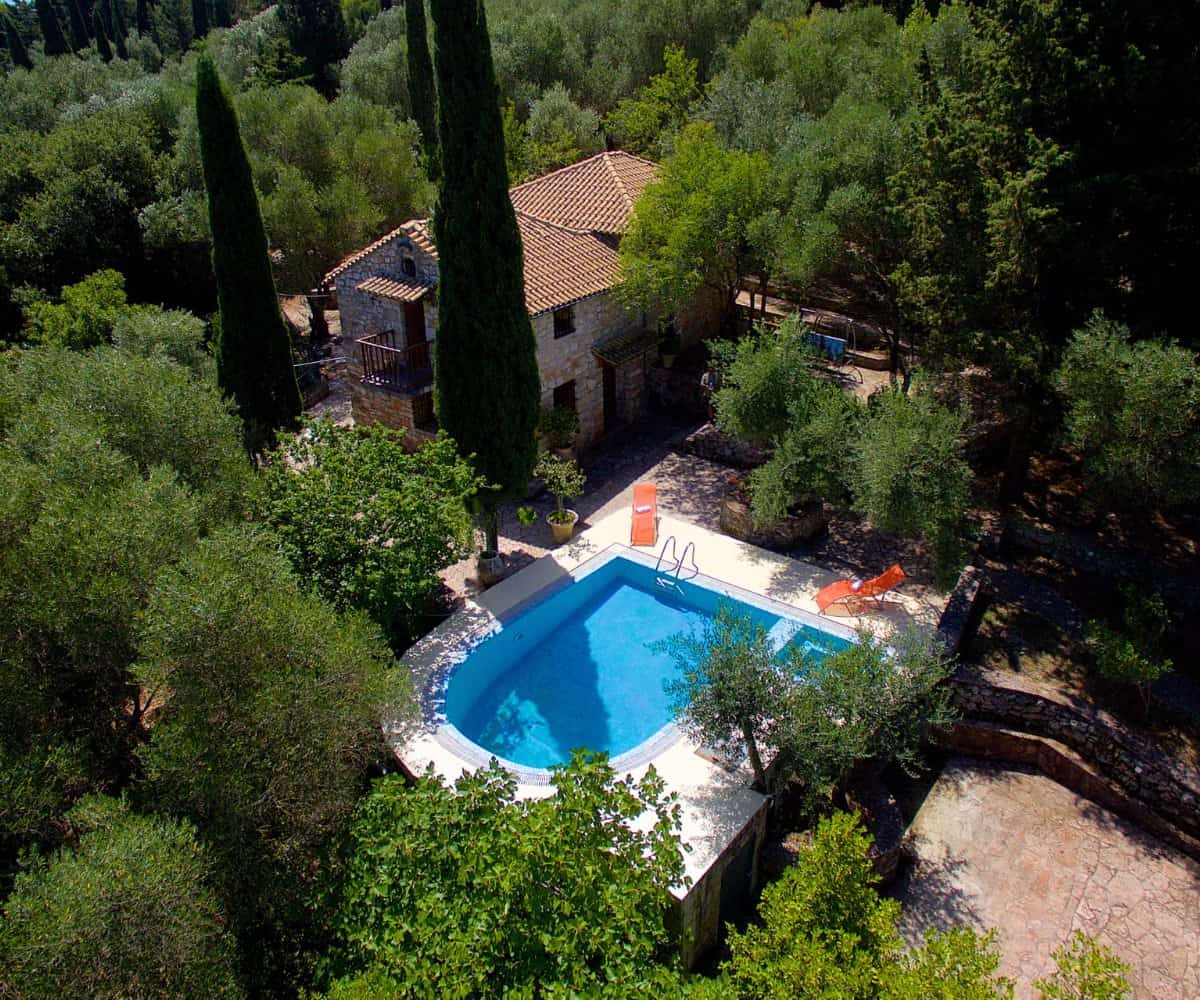Why Every Gardener Needs a Visual Diary
Your phone and social media love to remind you what you were doing on this day a year ago, or five. It’s a good way to marvel at how things have changed, and how your kids have grown. It...
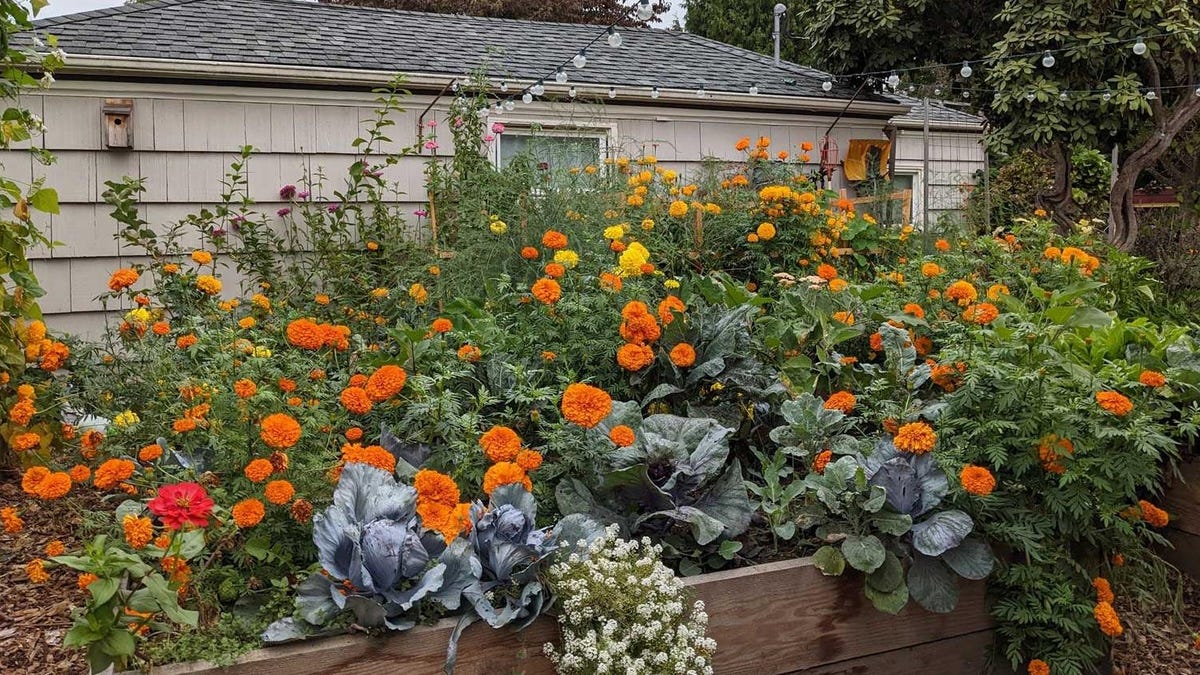
Your phone and social media love to remind you what you were doing on this day a year ago, or five. It’s a good way to marvel at how things have changed, and how your kids have grown. It can also tell you useful things about your gardens of yesteryear: When the tulips opened, where your peonies popped, or when the grass died.
While garden journaling is a thing, writing stuff down doesn’t have the same effect seeing a photograph, and if your ADHD prevents you from keeping a consistent written log, pictures are a much easier commitment—and you’re likely already doing most of the work anyway.
How to start a visual diary of your garden
You’re likely already catching the good stuff for social, the flowers, the blossoms, the foliage, the post lawnmower stripes. (If you’re not, we should talk about #gardentok.)
To get a bigger picture view, find a few spots on your property that are easy to identify—underneath a street light, next to a tree, etc.—spots where you can stand again and again to take consistent photos. Add a reminder to Google to snap a picture from each spot on the same day every month. This will give you a sweeping view of the yard, so you can chart how it changes month to month through the season.
Finally, make sure you’re also capturing the misses. Walk around the garden. Look at the tulips, note the spots that could use some extra, and snap a pic. (You won’t remember those spots once the tulips are gone in fall.) Is there a dead spot in a garden bed? Grab a photo. Is the grass dying in one area? Document it. Is a trellis hanging the wrong way? Does the walkway need to be widened?
Next, you need to tag your photos, which might require an extra step. Google is fantastic at auto-tagging, allowing you to search for “tulip” or “garden” without tagging and likely get great results. But you can always use your sad winter months away from the garden to throw them in an album or tag them with more descriptive labels.
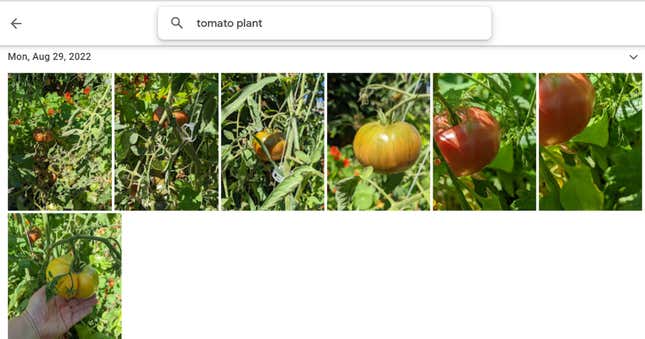
I use my diary to remember which slicers did well and when they were ready. Google helps me find them, even when not tagged. Screenshot: Amanda Blum
Here’s a few ways to make use of your diary once you’ve got it going:
Expand the color season of your garden
Most gardeners focus on summer color: peonies followed by irises followed by echinacea and then zinnias. To extend that color before and after the season, use your diary to see what popped in March and September, and where. I was able to see my late season flowers (crythanthemums and scabiosa), and I plan to expand those plantings next year. I was able to see when the first flowers started popping each year (tulips and daffodils) and figure out what would flower even earlier so I can enjoy more color in my yard. (Evergreen shrubs don’t sound sexy when you’re impulse buying in May, but those photos of your barren garden in January can be a good wake up call.)
Moreover, it helps to see how the colors change over the season so I can move plants and co-plant to better create color stories, and to vary texture through height. That the photos automatically include dates helps me figure out what will bloom at the same time.
Visualize the bare spots

There’s a lot of bare spots here for possible tulips next year. Image: Amanda Blum
As I walk around the garden, I often note bare spots that would look better with a few bulbs or an additional something. By the time bulb planting rolls around, I can’t remember where they were, and the tulips have been long replaced by later blooming plants. The visual diary acts like a treasure map, so I can pinpoint precisely where there’s a hole in a particular season.
Sometimes plants are struggling, but not enough for me to rip them out at the time. Seeing the visual diary reminds me that a plant needs extra care and to watch it. If it doesn’t recover, I’ll know not to let it flounder another year.
Track erosion, water puddling, and deterioration
Gardens are like frogs in boiling water: you don’t always notice what changes because it happens so slowly. Seeing a photo of the clean edges of my very green, weed-free lawn 10 years ago was a real wake up call. I realized it was time to compost and reseed.
Similarly, I know it’s fruitless to tackle water issues on the back patio in winter, but by the time summer rolls around, I won’t remember exactly where the water likes to puddle. Photos make all the difference.
Finally, and not for nothing: having photos of your garden is a great way to cover your ass in case you ever need them to make an insurance claim.

 FrankLin
FrankLin 









